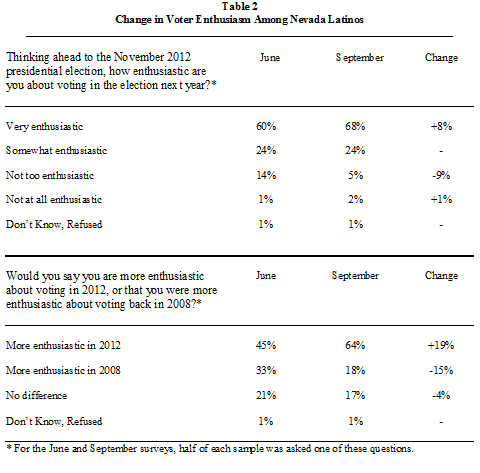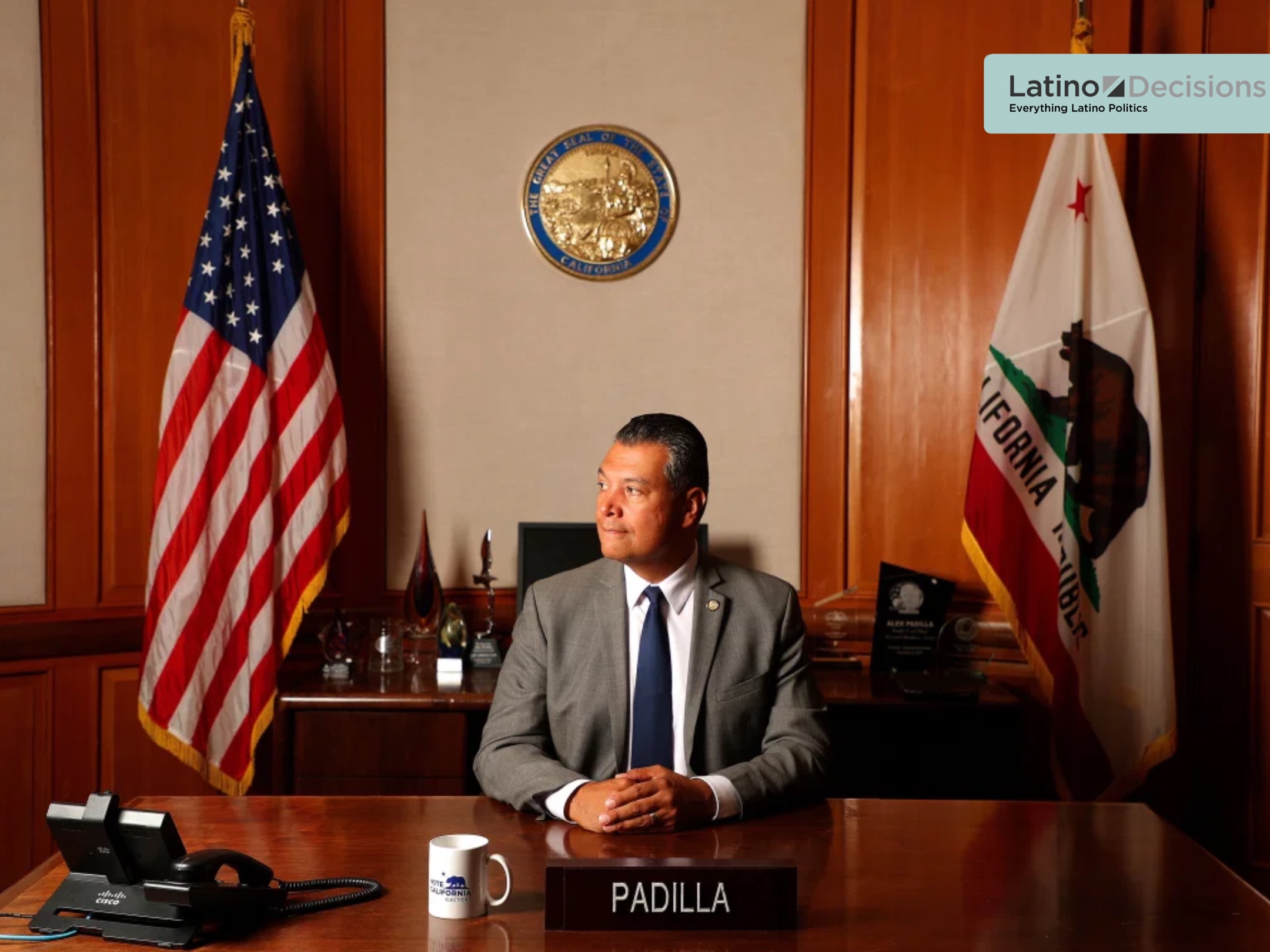As the 2012 election moves into its final month, Nevada looms large in most Electoral College prognostications regarding the presidential race and the outcome of the state’s United States Senate race between Democrat Shelley Berkley and Republican Dean Heller may determine partisan control of the upper chamber during the 113th Congress.
The fact that Nevada is even competitive may seem rather remarkable to observers who are unfamiliar with the state’s political terrain. After all, the Silver State continues to lead the country in unemployment and bankruptcies, and is not far behind in foreclosures. In the Senate race, the Democrats’ troubles are further complicated by the ongoing ethics investigation into Shelley Berkley’s advocacy for a Las Vegas kidney transplant program in which her husband has an interest. Given all of this, Nevada should be easy pickings for the GOP in an election cycle that is supposed to be a referendum on the economy.
Yet, with just over a month until Election Day, there has not been a single poll conducted in Nevada showing Mitt Romney with a lead over President Obama and most polling indicates that Shelley Berkley is within the margin of error in the Senate race. How can this be? The answer to this question largely lies in the other narrative shaping the 2012 election: how changing demographics are reshaping political competition.
In this regard, Nevada is a microcosm of what is occurring nationally. During the first decade of the 21st century, Nevada was once again the fastest growing state in the nation with most of this growth occurring in the state’s minority communities. Most notably, Nevada’s Latino population increased from roughly 20% in 2000 to 27% in 2010 and Latinos accounted for nearly half of all population growth in the state during the prior decade. Of course, evolving demographics by themselves do not guarantee political change. Rather, for this to occur requires an important intervening variable: partisan outreach and mobilization.
As the data presented in Table 1 suggest, the organizational acumen that was so critical to U.S. Senate Majority Leader Harry Reid’s 2010 reelection continues to pay dividends for the Democrats during the 2012 election cycle. Specifically, these data summarize changes in the vote preferences among Nevada’s Latinos using the Nevada sub-samples from the June and September waves of The America’s Voice/Latino Decisions State Battleground Survey (see “The Latino Vote and Down Ticket Races in Nevada” for analysis of the June data).

For all three races considered – the presidency, U.S. Senate, and House of Representatives – the Democratic candidates increased their support among Latino voters during the summer. Most notably, President Obama is now preferred by nearly four of five registered Latino voters in Nevada; a 9% increase since June. While most of this change comes from movement among previously undecided voters, a third of President Obama’s gains come at the expense of Mitt Romney.
Inspection of the vote shares for the U.S. Senate race suggests a similar dynamic as Shelley Berkley’s support increased by 5%, while Dean Heller lost 4%. As was the case with the June data, the news is not all bad for Heller as he continues to run ahead of Romney. In contrast, the difference between Berkley and Obama’s expected vote share increased somewhat between June and September.
Additional analysis of these data indicates that the difference in support for Obama and Berkley stems from three considerations (besides the larger share of undecided voters in the Senate race). First, whereas Obama has consolidated his support among Latinos who identify with the Democratic Party, with nearly 95% of these voters supporting his reelection, just 71% of Democrats are committed to Berkley (by way of comparison, both Romney and Heller are bleeding around 30% of Republican identifiers to their Democratic opponents). Second, while Berkley has improved her standing with Latino males to some degree, she is still running 16% behind Obama (70% versus 54% in the September survey) among this group of voters. Third, just half of Latino voters over the age of 45 are supporting her candidacy as compared to nearly 70% who are planning to vote for President Obama. Also, note that Berkley’s support among Latinos is 8% less than the expected Democratic vote share for Nevada’s seats in the House of Representatives.
So while these results may be a harbinger of good news for the Democrats, one question still lingers. It may be that respondents are willing to tell pollsters how they may vote, but this does not guarantee that they will actually turn out to vote. Indeed, a common refrain in some media discussions of Latino voters is that because of the Democrats’ failure to deliver comprehensive immigration reform and the rise in deportations under President Obama, Latinos are unenthusiastic about the 2012 election and as a consequence, many may stay home.
Such speculation, however, does not appear to be borne out in Nevada. If anything the data presented in Table 2 suggests that enthusiasm among Latino voters has increased both over the summer and compared to 2008.[1] Specifically, examination of the data in the top panel of Table 2 reveals that the share of voters who are “very enthusiastic” about voting in 2012 increased by 8% over the summer, while those who reported being “not too enthusiastic” decreased by 9%. Collectively, better than four out of five respondents reported being either “very” or “somewhat enthusiastic” about voting in the September survey. This is consistent with what we are seeing nationally, as Latino enthusiasm overall seems to be picking up steam.

Similarly and as suggested by the bottom panel of Table 2, while less than half of Latino voters in Nevada indicated that they were more enthusiastic about voting in 2012 as compared to 2008 at the start of the summer, that figure increased by 19% in the September survey, while those reporting greater enthusiasm in 2008 decreased by 15%. In total nearly two-thirds of respondents report being more enthusiastic about the 2012 election as compared to the 2008 election.
The instrument used in the July and September surveys does not directly assess what accounts for the patterns detailed in Tables 1 and 2. However, a recent article written by Jay Jones for the Columbia Journalism Review suggests that the extensive advertising in Nevada’s Spanish language media markets may account for some of these differences.
Specifically, the article reports that in addition to increased advertising volume in 2012, on two of Entravision Communications’ Spanish language television stations in Las Vegas 63% of ad messaging for the presidential campaign is supporting President Obama (49% by the Obama campaign and 14% by the Service Employees International Union) compared to 37% for Mitt Romney. Interestingly, only 4% of the total Republican messaging comes directly from the Romney campaign (with the remainder being purchased by the Republican National Committee and affiliated groups that are running spots attacking President Obama). However, in the Senate race, Heller’s campaign is outpacing the Berkley campaign 55% to 45% with many of Heller’s spots utilizing his Spanish speaking wife to great effect.
Beyond ad buys, the Obama campaign has opened 25 field offices in Nevada with 17 of these offices located in Nevada’s largest city, Las Vegas (32% Latino), and the state’s third largest city, North Las Vegas (39% Latino). In contrast, Mitt Romney’s campaign has only 11 field offices in Nevada. However, only two of Romney’s offices are in Las Vegas and none are in North Las Vegas.
While no one expects the Republicans to win a majority of the Latino vote in Nevada, the unwillingness of the Romney campaign to even engage Nevada’s Latinos either through the airwaves or at the their doorstep may explain, in part, why Obama’s margin of support continues to grow. Conversely, perhaps part of the reason why Heller – despite taking positions on immigration related issues that are to the right of Romney – is faring better is his campaign’s decision to match Berkley’s Spanish language messaging. Depending upon turnout, Heller’s ability to attract 10% more of the Latino vote than Romney may shave between one and a half to two points from Berkley’s vote share relative to Obama’s; a small number of votes that may prove to be quite consequential in the end.
David F. Damore is an Associate Professor of Political Science at the University of Nevada, Las Vegas and an expert in Nevada politics.
The commentary of this article reflects the views of the author and do not necessarily reflect the views of Latino Decisions. Latino Decisions and Pacific Market Research, LLC make no representations about the accuracy of the content of the article.
[1] Note that half of the samples in the June and September surveys were asked each of these questions. The survey did not validate if respondents voted in 2008.


